Egyptian Food: Basic Overview
Common Ingredients
Common Cooking Methods
Courses
Meals
Key Taste
Eating Etiquette
Meal Presentation
Culinary Festivals
Influence and Fusion
Popular Types of Egyptian Food
-
Grilled and Barbecued Dishes
These delights utilize various kinds of meat, ideally lamb, chicken, and beef.
The meat is seasoned and marinated with a blend of spices before grilling.
-
Rice Dishes
Koshary, a national Egyptian dish, is a rice-based treat.
Rice, in fact, is a base for many meals in the country.
-
Stews
Stew ingredients normally include meats, legumes (such as lentils and fava beans), and vegetables.
They are slow-cooked to develop rich flavors and tender textures.
-
Bread and Doughs
Bread is a fundamental element in Egyptian cuisine.
Bread is a significant part of the eating etiquette, often used for scooping up food.
-
Vegetarian Dishes
Egyptian cuisine features a significant number of vegetarian dishes due to the abundance of fruits, vegetables, legumes, and grains.
Vegetarianism is often observed during specific religious periods.
Egyptian dishes extensively use ingredients native to Egypt’s rich Nile Valley and Delta, including fruits, legumes, poultry, and vegetables.
Top delights in Egypt largely rely on legumes and vegetables, making vegetarian-friendly dishes like falafel, hummus, or stuffed vegetables. Besides savory dishes, desserts, and drinks, bread is also part of the local cuisine.
Going through the Egyptian list below, you’ll uncover each dish’s highlight insights, such as main ingredients, cooking methods, varieties, or origin.
Plus, I also discuss Egyptian traditional food, its worldwide popularity and nutritional benefits. You’ll also figure out the cultural influences that shape this gastronomy and drink paired with dishes in the country.
27 Popular Egyptian Dishes with Filters
Egypt, a land known for its ancient civilization and rich culinary traditions, has never failed to impress me! So follow me to explore 27 dishes with filter options like ingredients, taste, cooking styles, dish types, and more, for a tailored culinary experience.
Here’s a brief review of six general groups about these dishes.
Egyptian national dishes, such as koshary, ful medames, mulukhiyah, ta’miya, etc., proudly represent the country on the global culinary stage.
Street food in Egypt is a quick and cheap option for everyone. Ta’miya and hawawshi are among the delicacies that populate street corners and markets.
For those with an adventurous experience in dining, Egyptian dishes, like hamam mahshi or mombar, provide the uniqueness of Egypt’s food traditions.
They are innovative approaches, resulting in a fresh and modern twist on classic Egyptian flavors.
Koshary
- National
- Street Food
- Traditional
Koshary is the national dish in Egypt and is widely enjoyed across many streets. Also called kushari or koshari, koshari combines macaroni pasta with fried rice, lentils, and vermicelli.
Kushari often has chickpeas, fried onions, and a tangy garlic-vinegar tomato sauce as its toppings.
Ideal for mass catering events like conferences, koshary has become famous among workers and laborers due to its high carb content.
Initially sold from street carts, koshary eventually found its way into restaurants. Interestingly, the widespread appeal of koshary has led to various adaptations in Eastern Arabia and Yemen.
Ful Medames
- National
- Street Food
- Traditional
Ful medames, or ful, is a traditional Egyptian fava bean stew served with cumin and olive oil alongside optional spices like chili pepper, garlic, lemon juice, onions, and parsley.
Although traditionally prepared with fūl ḥammām (bath beans), ful medames also use other fava bean varieties, like fūl baladī (country beans) or fūl rūmī (European broad beans).
Ful medames’ fame has expanded beyond Egypt, reaching Lebanon, Africa, and the Middle East. Moreover, when mixed with chopped tomatoes, onion, parsley, and olive oil, ful medames become a hearty salad.
In the Middle Ages, ful medames were only made by residents near the Princess Baths, a public bath in Cairo. Bath attendants utilized the fire heating quidras (enormous bathwater pots) and simmered fava beans in the qidras overnight to create ful.
Mulukhiyah
- Exotic
- National
- Traditional
Mulukhiyah is a jute leaf stew dating back to Ancient Egypt. Made from the jute mallow leaves, mulukhiyah is another national dish of Egypt.
The leaves are dried and chopped before cooking in broth with optional meat or seafood. Then, when the cooking process is almost done, local chefs add fried coriander and garlic for more texture and flavor.
This stew has a slimy texture similar to cooked okra. Served with rice or baladi (thick pita), mulukhiyah often goes with pickled vegetables like mekhallel (pickled aubergine).
Ta’miya
- National
- Street Food
- Traditional
Ta’miya, commonly known as falafel, is a traditional deep-fried fritter with a patty shape in Egypt.
This patty-shaped fritter is made with fava beans, chickpeas, or a mixture of both. In Egypt, most regions opt for fava beans. This patty-shaped fritter’s interior is sometimes green if used green herbs like green onion or parsley.
Ta’miya is a favorite meze (appetizer), topped with hot sauce, pickled vegetables, salads, and tahini sauce. It occasionally appears during Ramadan in the iftar (the fast-breaking evening meal). Local McDonald’s once offered a breakfast specialty called “McFalafel”.
The patty-shaped fritter is usually wrapped in pita (yeast-leavened round flatbread), samoon (Iraqi yeast bread), or taboon (Levantine flatbread), so “falafel” sometimes refers to these wrapped sandwiches.
Baladi
- Traditional
Baladi, or eish baladi, is a rustic Egyptian thick flatbread. However, local residents make baladi with 100% whole wheat flour and bake it in an extremely hot oven.
Baladi has appeared in Egypt since 5000 years ago. Back then, this thick flatbread was made with emmer (an ancient type of wheat) or barley.
After rising, eish baladi was baked in traditional clay ovens. This method has been inherited across generations.
Kebab and Kofta
- Traditional
Kebab and kofta is a union between 2 well-loved Egyptian foods: kebab and kofta (meatballs). Kebab is famous for perfectly grilled meat from the Ottoman Empire, paired with rice, vegetables, or bread.
And now, kebab meets its match with kofta, Egyptian meatballs of minced meat (chicken, mutton, pork, lamb, or beef) and spices. Kofta usually goes with salads, like chopped cucumber and tomato, to balance the flavor.
When made into a kebab, kofta is skewered and grilled after being seasoned with onions, garlic, and other herbs and spices, including parsley, paprika, mint, nutmeg, etc. After grilling, the locals enjoy this kebab kofta with white rice, pita bread, salads, and dips.
Shawarma
- Fusion
- Street Food
- Traditional
Shawarma is a traditional roasted meat popular in Egypt. Shawarma originates from Turkey’s doner kebab, but local residents have turned it into their own street food.
Shawarma consists of thin, heavily spiced meat slices (beef, lamb, chicken, or mutton) layered on a vertical skewer, creating a cone-like stack nearly 20 inches high.
A motorized spit then rotates the stack against a vertical heating element, slowly roasting the meat in its juices and fat.
Shawarma is served in laffa (a thin flatbread) or pita as a pocket sandwich or wrap, accompanied with salsat toum (Levant garlic sauce) or tarator (tahini-based sauce), depending on the meat.
Hamam Mahshi
- Exotic
- Traditional
Hamam mahshi is a stuffed pigeon dish that Egyptians have eaten as a street food for centuries. Hamam mahshi includes a squab (small pigeon) with green wheat or rice and herbs as stuffings.
The history of hamam mahshi stretches back to ancient Egypt when pigeons were a delicacy reserved for special occasions and festivals. Today, this stuffed pigeon graces the tables of Egyptian homes and restaurants.
To cook hamam mahshi, local residents will pick the fattest squabs. 6 weeks old is the most appropriate age for the best squab meat. If the pigeons are older, the meat becomes too tough and chewy.
Hamam mahshi usually appears on special occasions such as weddings. Other traditional Egyptian restaurants also serve this stuffed pigeon.
Baba Ghanoush
- Fusion
- Traditional
Baba ghanoush (also known as baba ganoush or baba ghanouj) is a popular Egyptian dip featuring eggplant as the primary ingredient.
To make this eggplant dip, local cooks bake or broil eggplant directly over an open fire, peel its skin, and mix it with lemon juice, olive oil, tahini, and other seasonings.
Baba ganoush is typically served cold as a mezze, a side dish, or a dip for bread.
Om Ali
- Traditional
Om Ali is a traditional Egyptian bread pudding. This bread pudding has many names: Omali, Oumm Ali, and Umm Ali, all meaning “Mother of Ali”, boasting its origins dating back to the medieval era in Egypt.
Om Ali starts by mixing diced bread or pastry with coconut flakes, pistachios, raisins, and sugar. Then, locals pour milk, and sometimes cream, over the diced bread and sprinkle a bit of cinnamon before baking until golden brown.
Since Om Ali doesn’t use eggs like regular bread puddings, it’s lighter and easier to eat. Egyptians eat this bread pudding, either hot or cold.
Baklava
- Traditional
Baklava is a layered pastry dessert enjoyed in Egypt for centuries. This layered pastry dessert is famous for its signature layers of filo pastry filled with chopped nuts, like pistachios, walnuts, or hazelnuts.
Before baking, baklava dough is cut into rectangles, diamonds, triangles, or parallelograms. When finished, this layered pastry dessert is topped with a syrup of honey, orange flower water, or rose water.
Basbousa
- Traditional
Basbousa is an Egyptian semolina cake soaked in syrup. This semolina cake includes semolina or farina (milled wheat) baked in a sheet pan.
When cooked, basbousa is sweetened with simple syrup, orange flower water, or rose water and cut into diamond-shaped portions before serving.
Knafeh
- Traditional
Knafeh, or konafa and kunafa, is a traditional dessert in Egypt, particularly during Ramadan. Knafeh features kataifi (spun pastry) layered with cheese, clotted cream, nuts, or pistachio.
Konafa is soaked in attar (Middle Eastern sweet syrup) and garnished with crushed pistachios or walnuts to elevate the flavor further.
This dessert goes well with mint tea.
Feteer Meshaltet
- Fusion
- Traditional
Feteer meshaltet, shortened as feteer, is an Egyptian layered pastry with its name meaning “cushioned pie”. Feteer contains numerous thin dough layers filled with sweet or savory ingredients, leading to many calling feteer an Egyptian pizza.
The sweet fillings include coconut, Nutella, chocolate, muhallebi (milk pudding), or Turkish delight, while savory ingredients are often ground beef, cheese, or sausage. Feteer without filling is spread with cheese or jam or soaked in honey for more flavor.
Feteer symbolizes hospitality, so local families usually give this cushioned pie to friends or visitors. You will also meet feteer at special celebrations such as weddings and holidays.
Macarona Béchamel
- Fusion
- Traditional
Macarona béchamel is a baked pasta dish favored in Egypt. In Egyptian Arabic, “Macarona béchamel” translates to “macaroni with béchamel”.
This baked pasta typically includes boiled penne pasta, a tomato sauce with minced meat and onion, and a béchamel sauce made of Rumi cheese.
Arrived in Egypt by Greek and Italian immigrants in the 19th century, macarona béchamel is now a cherished local comfort food.
Qatayef
- Fusion
- Street Food
- Traditional
Qatayef, or katayef, is an Egyptian sweet dumpling or folded pancake with a filling of cream or nuts. This sweet dumpling usually appears during Ramadan. Qatayef first appeared in a cookbook from the Abbasid Caliphate era.
Nowadays, this sweet dumpling has become a folded pancake filled with unsalted sweet cheese, sugar, vanilla extract, cinnamon, and different nuts, like almonds, hazelnuts, pistachios, and walnuts. These folded pancakes are cooked only on one side.
Hawawshi
- Street Food
- Traditional
Hawawshi is a traditional Egyptian pita bread stuffed with minced meat, onions, parsley, pepper, and sometimes chilies.
Standard hawawshi uses baladi, while the Alexandrian versions place the filling between 2 circular dough layers and use different seasonings.
Besides homemade, hawawshi is a common takeaway food in several local restaurants. The price depends on this stuffed pita’s size and the amount of meat in the filling.
Kebda Iskandarani
- Exotic
- Street Food
- Traditional
Kebda iskandarani is a traditional Egyptian liver sandwich. This liver sandwich from Alexandria City uses beef liver seasoned with chili peppers, garlic, cardamom, and cumin.
Kebda iskandarani is a well-liked street food with lime wedges, pita bread, or white rice. This liver sandwich is also commonly served with tahini dip, adding an extra layer of flavor.
Found at numerous street food carts and fast food shops, it’s perfect for a quick and satisfying bite.
Mombar
- Exotic
- Traditional
Mombar is a beloved sausage with sheep casing in Egypt. The stuffing is usually a combination of rice, beef, garlic, onion, rice, tomatoes, and other spices. Mombar is a close relative to Merguez in North Africa, a similar sausage without rice.
Each mombar variety has its own mixture of herbs and spices, but common choices are cilantro, parsley, coriander, cumin, and cinnamon. These sheep sausages are first boiled in water and fried to achieve a golden brown exterior.
Mahshi
- Exotic
- Traditional
Mahshi (aka mashi or mashy) is an Egyptian stuffed vegetable dish with deep Ottoman roots.
This stuffed vegetable treat includes different options like eggplants, zucchini, bell peppers, cabbage, or tomatoes. The filling is mostly rice, herbs, spices, tomato sauce, and cinnamon.
Mahshi is considered a seasonal dish since the main ingredients change based on the seasons. For instance, the locals use vine leaves in the summer and cabbage in the winter. As a common main dish in Egypt, Mahshi particularly shines during Ramadan.
Eggah
- Fusion
- Traditional
Eggah is an Egyptian egg-based dish resembling a frittata (Italian egg-based omelet). Eggah mixes eggs with different vegetables, such as onions, spinach, zucchini, tomatoes, or leeks. Bread or chicken is sometimes used.
This egg mixture is then seasoned with many spices, including cumin, turmeric, cinnamon, and nutmeg, alongside fresh herbs. The result is a thick and firm omelette to enjoy at any time of the day, whether as a starter, side dish, or main course.
Local residents often slice eggah into rectangles or wedges before serving it with salad, pita bread, and other sides.
Hummus
- Fusion
- Traditional
Hummus is an Egyptian dip made from mashed chickpeas with garlic, tahini, and lemon juice. Besides Egypt, hummus is also famous across the Middle East.
There are different unofficial claims on the origin of hummus, but the earliest written recipe showed up in cookbooks from 13th-century Cairo.
Hummus translates to “chickpeas” in Arabic, while its full title, ḥummuṣ bi ṭaḥīna, means “chickpeas with tahini.”
Hummus is usually an appetizer or a dip to pair with falafel as part of a mezze platter. Pita bread is also the go-to accompaniment for hummus.
Bissara
- Street Food
- Traditional
Bissara is an Egyptian soup containing split fava beans, garlic, onions, fresh herbs, and spices. This split fava bean soup is slowly cooked until creamy and fragrant.
This delight also has other leafy greens, like dill, jute leaves, mint, parsley, and spinach. While bissara is called soup, the locals mostly see it as a dip for bread during breakfast, lunch, and dinner.
In the past, bessara was only a rural dish for farmers, but it has gained more popularity since 2011 since this split fava bean soup is healthier than ful medames.
Duqqa
- Fusion
- Traditional
Duqqa, or dukkah, is an Egyptian condiment made with nuts (often hazelnuts), herbs, and spices. Dukkah is a common dip for bread or fresh vegetables as an appetizer.
Today, duqqa also has pre-made versions available in many spice markets in Cairo. The simplest contains crushed mint, pepper, and salt. Meanwhile, other packaged variants include caraway, cumin, and wheat flour.
Kahk
- Traditional
Kahk, or Kahk el-Eid, is an Egyptian small circular biscuit dusted with powdered sugar and traditionally savored during Eid al-Fitr. Besides Eid al-Fitr, kahk is also essential to special occasions, including Easter and weddings.
Kahk is either made plain or filled with dates, pistachios, Turkish delight, or walnuts. Each local family’s kahk has a different design due to the traditional specialized mold passed down through generations.
Fesikh
- Exotic
- Traditional
Fesikh is a time-honored Egyptian salted and fermented mullet fish, often accompanied by herring, pita bread, and green onions. Some people find this salted and fermented fish’s smell intense, making it a somewhat controversial dish.
Despite this, fesikh remains integral to Sham Ennessim (national spring festival). On this special occasion, many families prepare fesikh, showcasing their connection to the country’s rich history and culture.
Fatteh
- Traditional
Fatteh is an ancient Egyptian food including crispy flatbread served with a meat soup, a rice bowl, and a garlic tomato sauce. The meat soup is often seasoned with garlic and vinegar for more flavor.
The locals usually see fatteh as a festive meal for special events, like women’s first pregnancy or Ramadan.
What Are The Influencers of Egyptian Food Culture?
The essence of Egyptian food culture is shaped by various elements, including history, influences from religion, geography, climate, and culture, and considerations for vegetarian diets:
What Are Common Drinks to Pair with Dishes in Egypt?
Pairing drinks In Egyptian style with dishes is part of the dining experience, and there are numerous choices. Below are 4 common drinks to pair with local dishes:
Finally, what will be your favorite treat? Make sure to explore its cuisine if you have the chance to come to Egypt!
Don’t forget to hit the like, share button, or subscribe to the newsletter to get the latest news and information about the cuisine around the world.

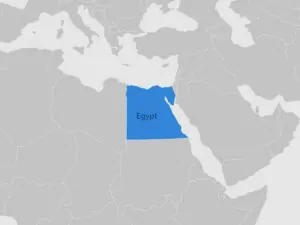
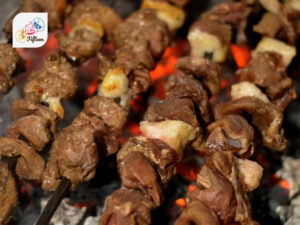
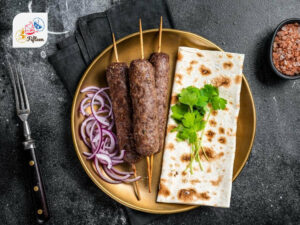
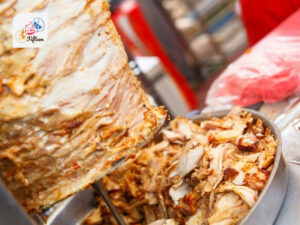
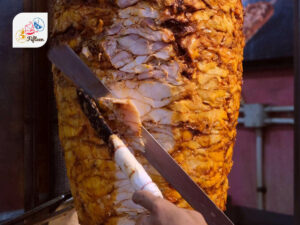
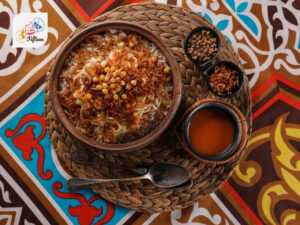
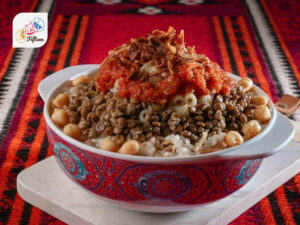
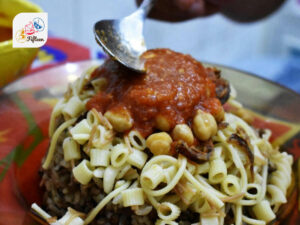
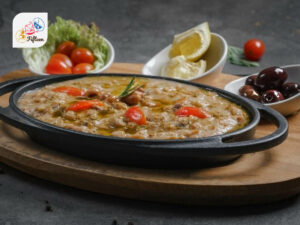
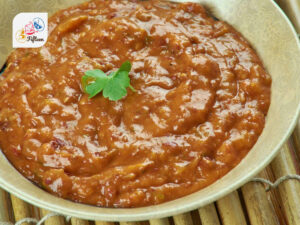
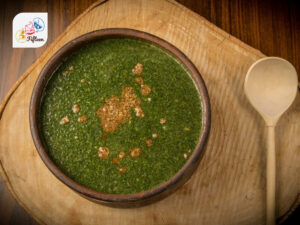
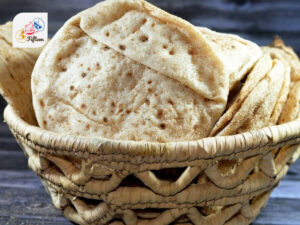
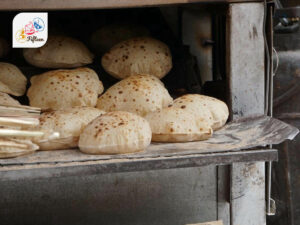
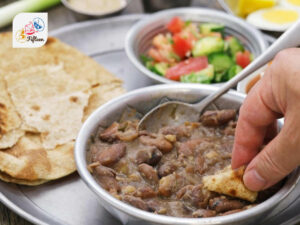
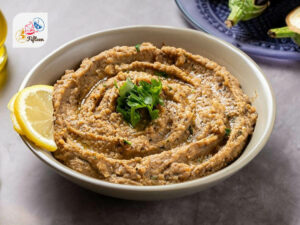
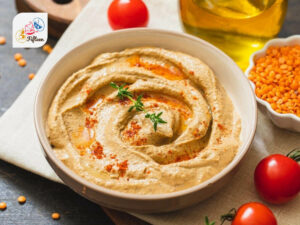
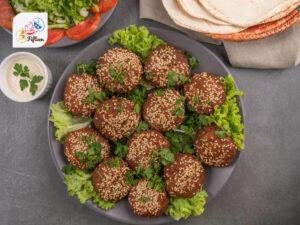
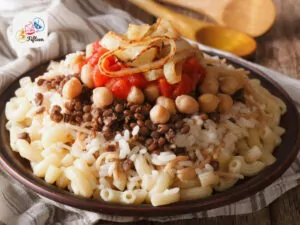
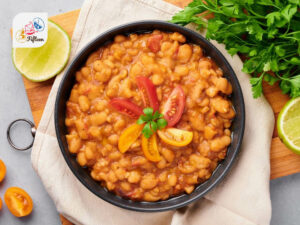
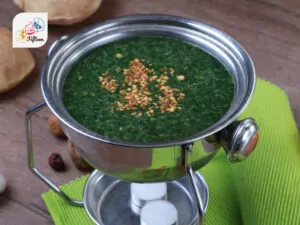
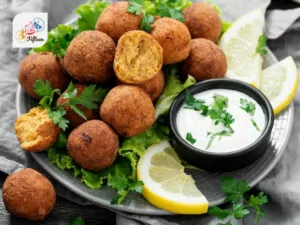
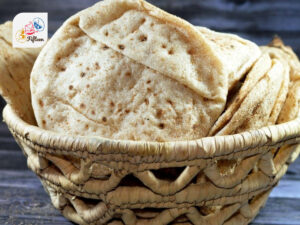
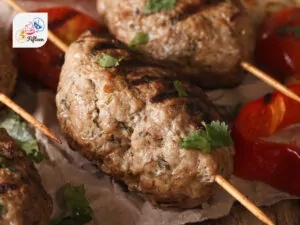
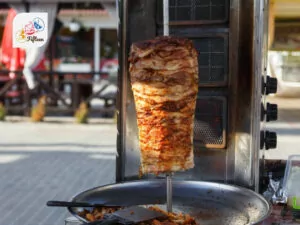
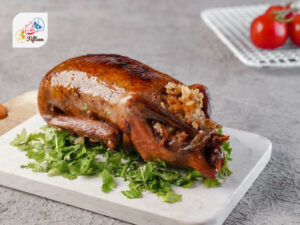
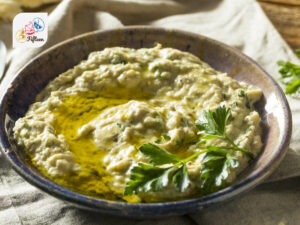
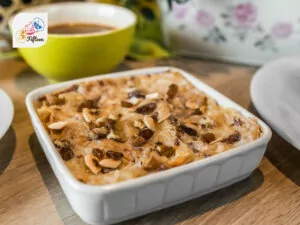
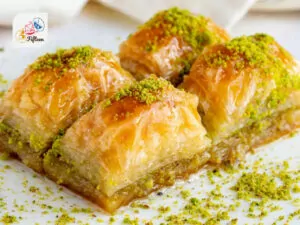
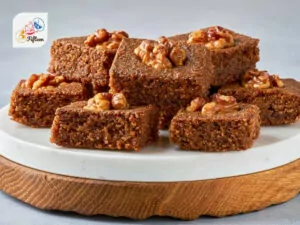
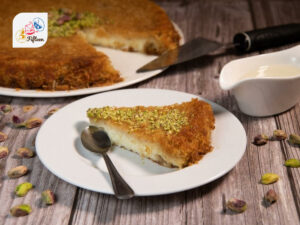
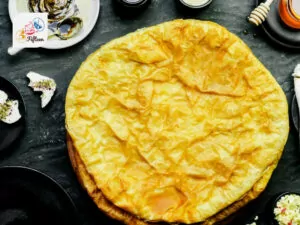
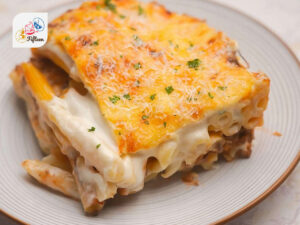
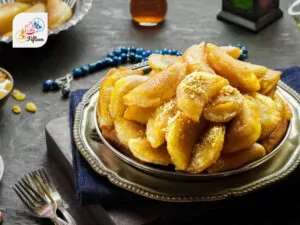
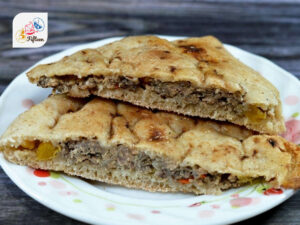
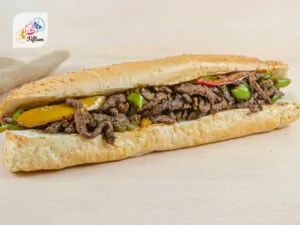
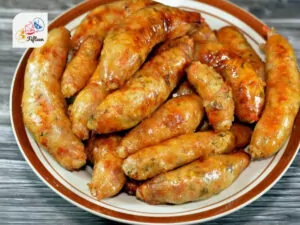
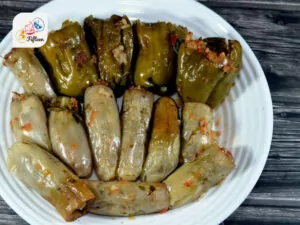
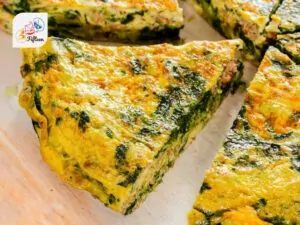
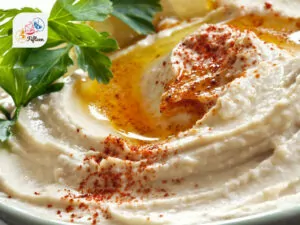
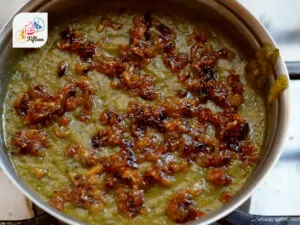
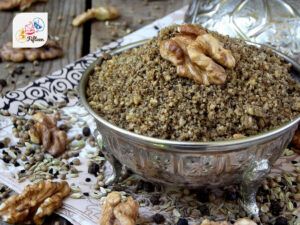
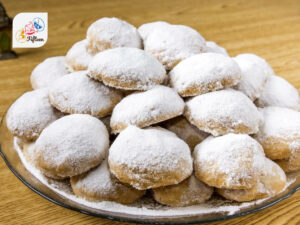
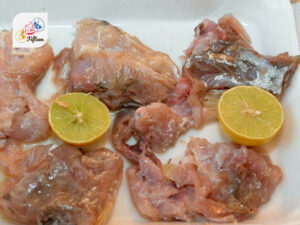
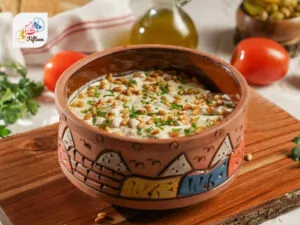
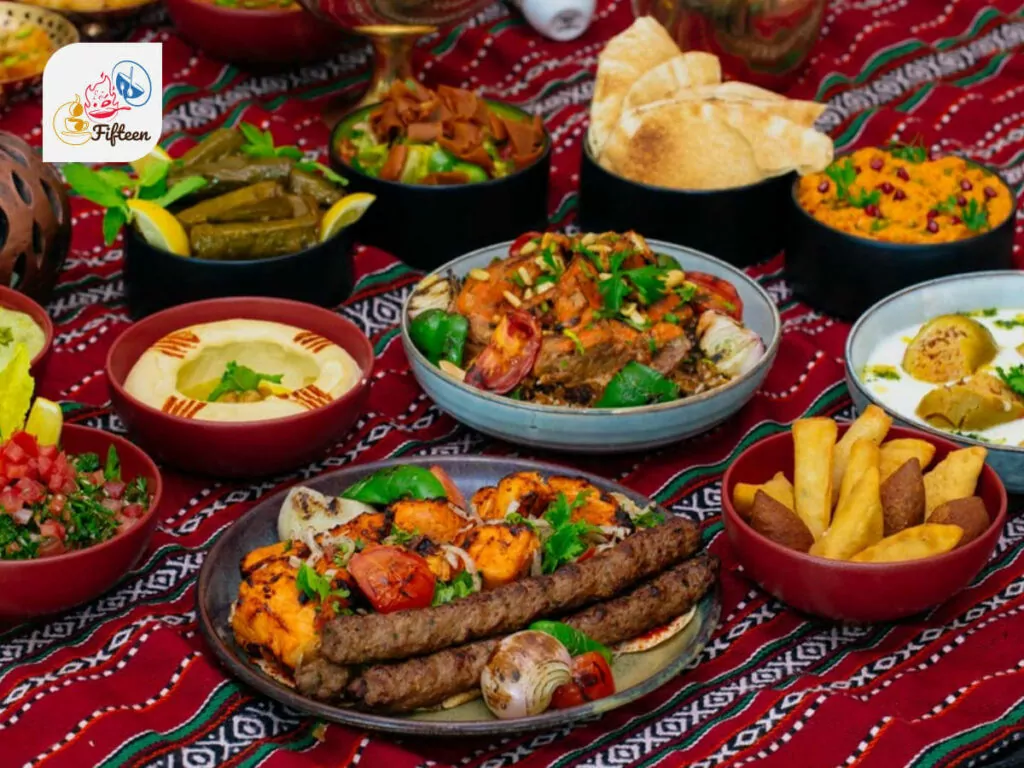
Jamie Scott
Editor in Chief, Senior Content Writer
Expertise
Home Cooking, Meal Planning, Recipe Development, Baking and Pastry, Food Editor, Cooking-video Maker, Western Food Evaluation Expert
Education
Le Cordon Bleu College of Culinary Arts
Local Community College, New York, NY
Jamie Scott is a skilled culinary expert and content creator specializing in Western cuisine. With over 15 years in the culinary field and formal training from Le Cordon Bleu, Paris, Jamie deeply understands how to blend nutrition with delicious flavors. His passion for cooking matches his commitment to making healthy eating accessible and enjoyable.
On Fifteen.net, Jamie brings a fresh perspective to classic dishes and beverages, offering readers insightful recipes, cooking tips, and a fresh view on meal planning that emphasizes taste, health, and simplicity.